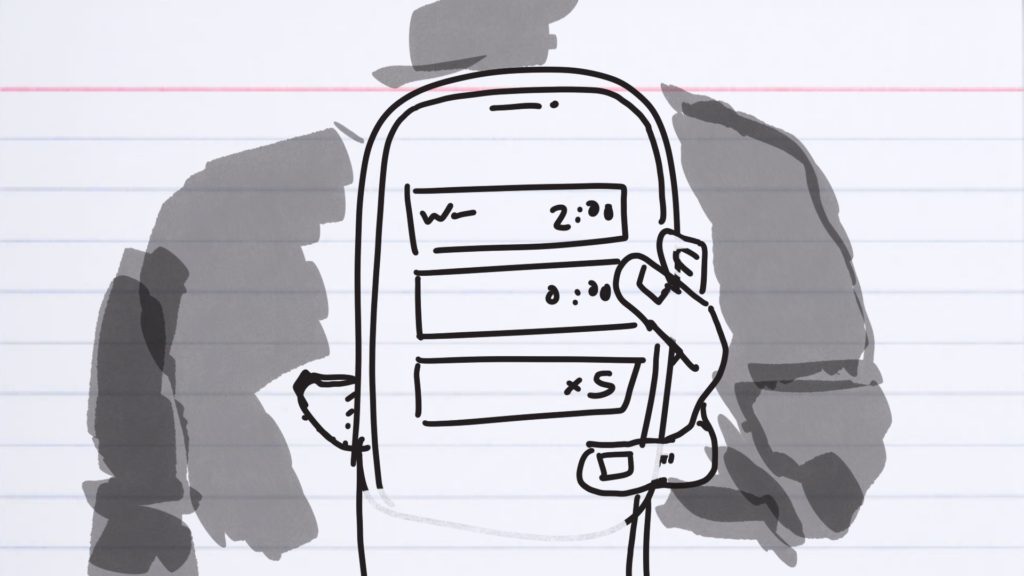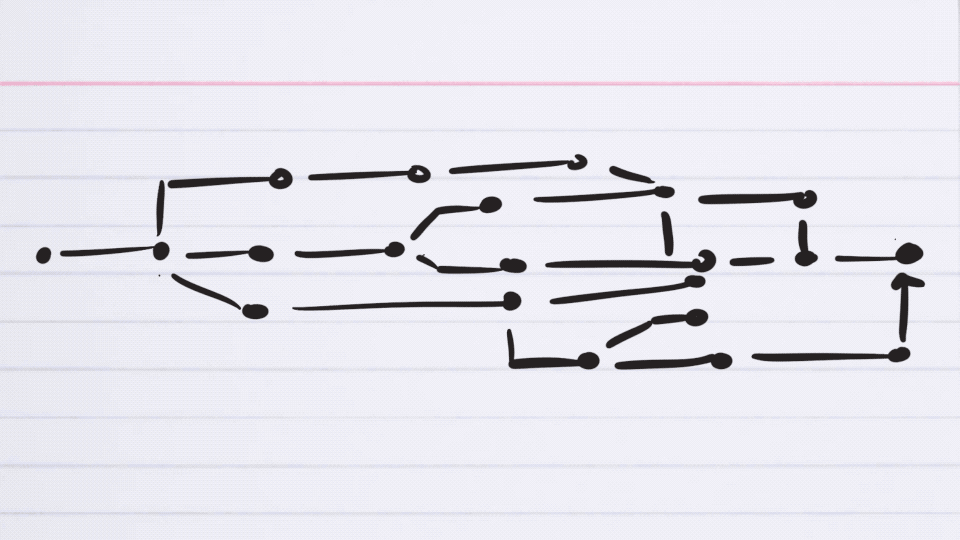My theme for the month: damage control. I usually go nuts with eating and all that for the holidays.
- I won’t be traveling home this year for family events and celebrations and all that, so that has the silver lining of potentially healthier eating.
What does it mean…
I guess if I break it to 3 lead/lag goal pairings…
- Movement: Daily workout -> 160 pounds Dec 31
- Nutrition: More protein/fiber/greens -> 160 pounds by Dec 31
And some making goals without any outcomes attached. I’d attach some subscribes or something but the leading indicator (making stuff) doesn’t really have a direct effect on the metrics.
It’d probably be more like commenting on other stuff and deliberately promoting these things.
- Making: 4 videos to YouTube
- Making: 4 podcasts published
- Making: 30 sketch timelapses to Instagram
- Making: 12 sketch posts to Twitter
I have, of course, switched programs 3 times in 3 days.
I want to build up some momentum for the new year.
I also started listening to Atomic Habits again, so maybe I’ll share a habits quote with each of these posts. Here’s one from James Clear:
Furthermore, it’s not always about what happens during the workout. It’s about being the type of person who doesn’t miss workouts. It’s easy to train when you feel good, but it’s crucial to show up when you don’t feel like it—even if you do less than you hope. Going to the gym for five minutes may not improve your performance, but it reaffirms your identity.
This reminds me of this short video I made about doing your practice. Figuring out a way to show up every day is important. It’s especially important when you don’t have ideal conditions.
You might think you need flow to get good creative work done. You might also need ideal conditions to get into flow. It’s going to be hard to be consistent if you need the perfect environment to get started.
In “The Practice”, Seth Godin suggests a re-frame: Do the work first to allow flow to appear as a symptom. (But not every time.)






